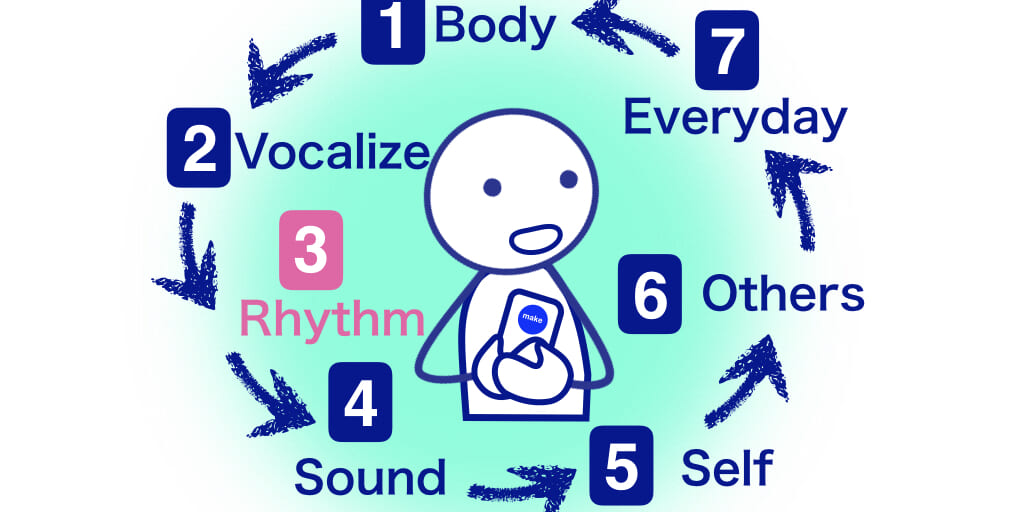
Native Japanese speakers are used to listening to and reading English in a unique way, known as “Kanamoji.” Kanamoji is a set of Japanese letters. Many English words are written in Kanamoji in Japan, and Japanese often speak in the way they read.
The sounds and rhythm of Kanamoji become an obstacle when you try to listen to or imitate vocalized English phrases. Say you want to ask, “What are you doing?” Many Japanese pronounce it like “Watto-aa-yoo-dooingu,” which is how they pronounce Kanamoji.
So, when you listen to actual English, there arises a gap with the sound you think you knew. And the lack of practice to vocalize accurate English pronunciation makes it hard to catch English phrases very well.
In English, you speak with a dynamic rhythmic pattern. You alternate unstressed, short syllables and stressed, long syllables to vocalize a phrase, creating a rhythm. It is essential to practice this unique English rhythm first.
It’s hard even to recognize the Kanamoji style that’s ingrained in your mind. And you might be thinking, “Native
English is too fast to catch” or “English phrases are too long to pronounce smoothly.”
The reason is apparent. You are just not familiar with the spoken English rhythm. Therefore, it’s evident that you need to practice the basic body movements to imitate the rhythm before any pronunciation practice.
Raise your head, and don’t try to read the letters. Don’t worry too much about correctness. Instead, try to vocalize the whole phrase with a proper rhythm. This practice only takes you a second or two.

